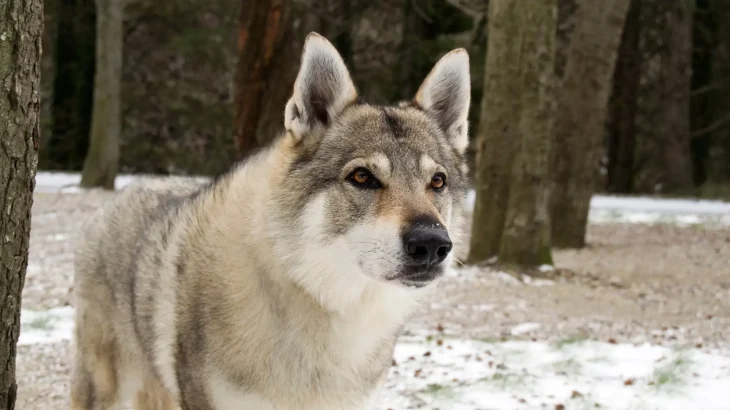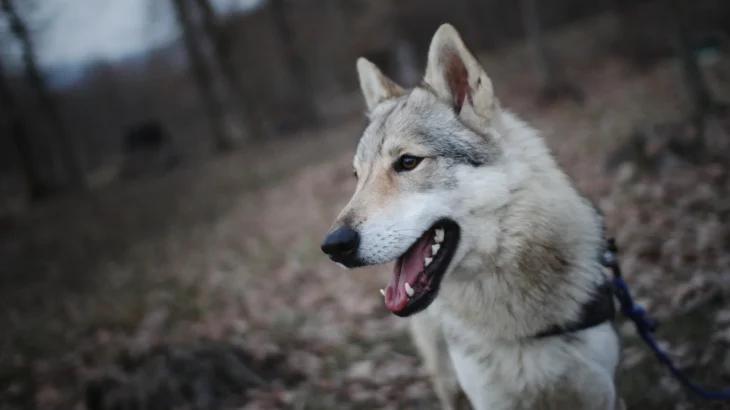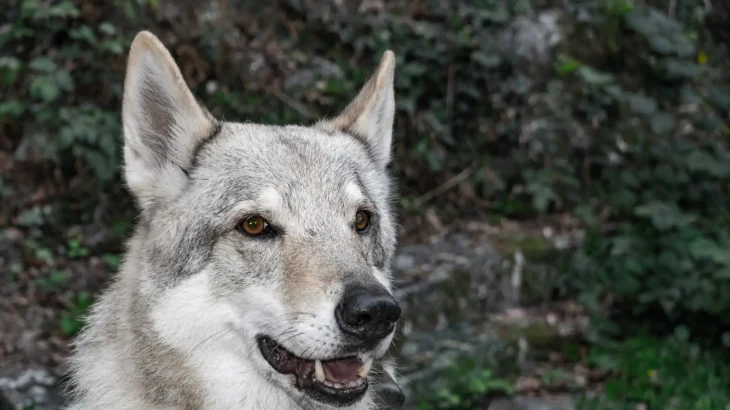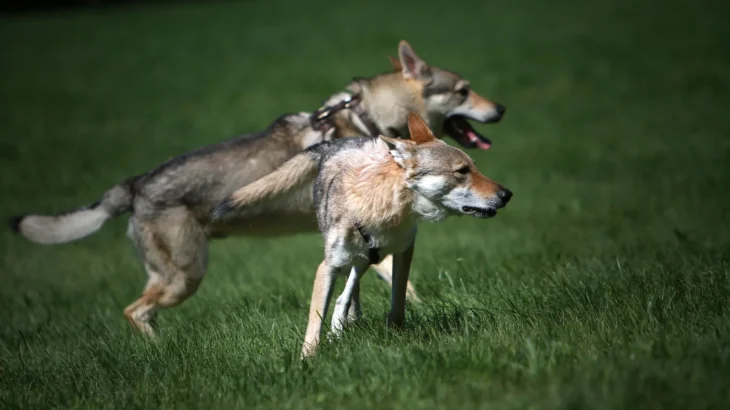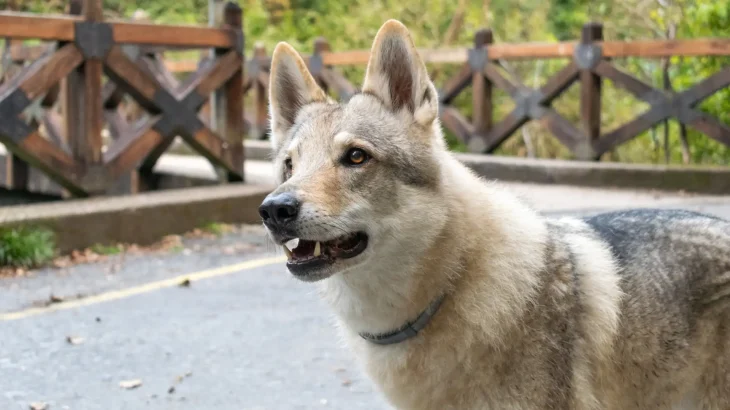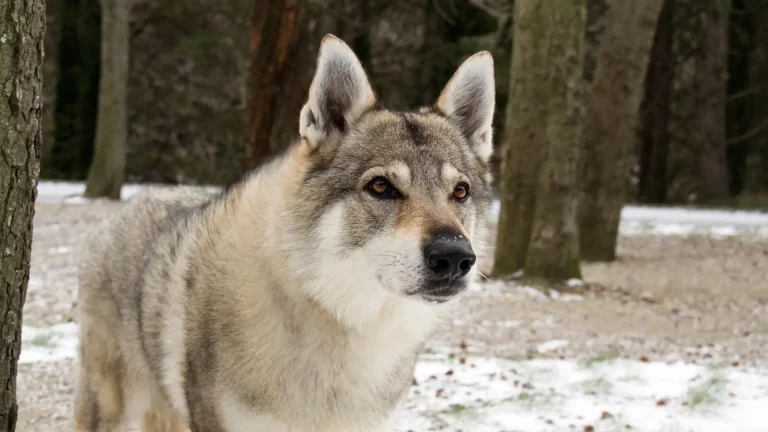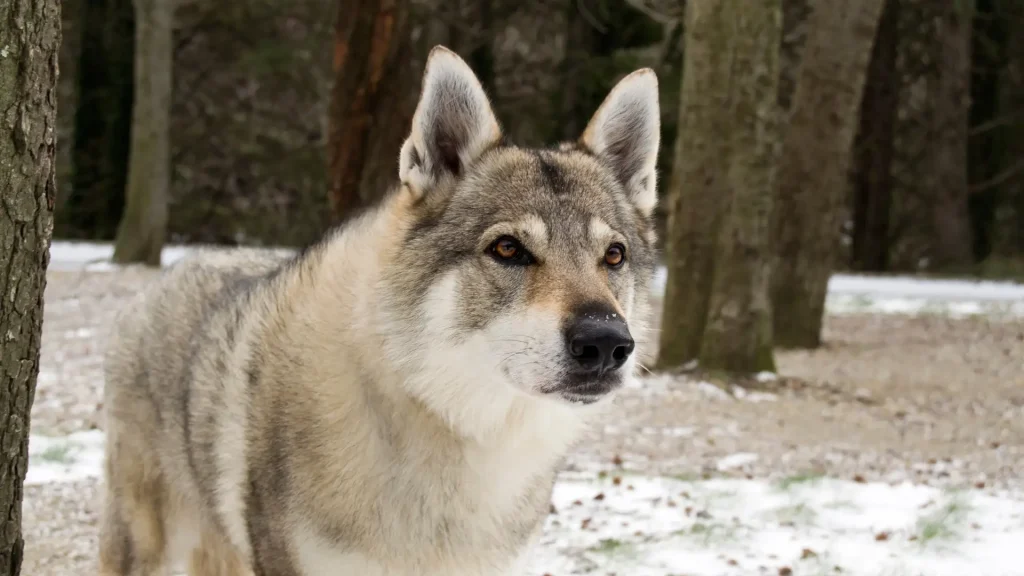Deciding whether to adopt or purchase a Czechoslovakian Wolfdog puppy involves weighing factors like availability, health transparency, and ethical considerations. Purchasing from a breeder typically offers detailed lineage information and access to young puppies, whereas adoption might give the chance to rescue an adult dog but with less certainty about its background.
Adoption vs. Breeder: Pros & Cons
| Criteria | Buying from Breeder | Adopting from Shelter/Rescue |
|---|---|---|
| Cost | Higher initial cost (usually $2,000-$8,000) due to breed rarity and pedigree. | Lower adoption fees; Wolfdogs rarely found in rescues. |
| Health History | Detailed health records and genetic screenings provided. | Health history may be limited; basic checks done. |
| Age Availability | Mostly puppies, allowing earlier socialization and training. | More often adult or senior dogs than puppies. |
| Temperament Insight | Breeders offer insights based on lineage and early behavior. | Temperament assessed by observed adult behavior. |
| Ethical Considerations | Supports breed preservation when buying from reputable breeders. | Gives a home to dogs in need, supporting animal welfare. |
| Breed Purity & Pedigree | Guarantee of breed purity and pedigree documentation. | Purity uncertain; pedigree documents usually unavailable. |

